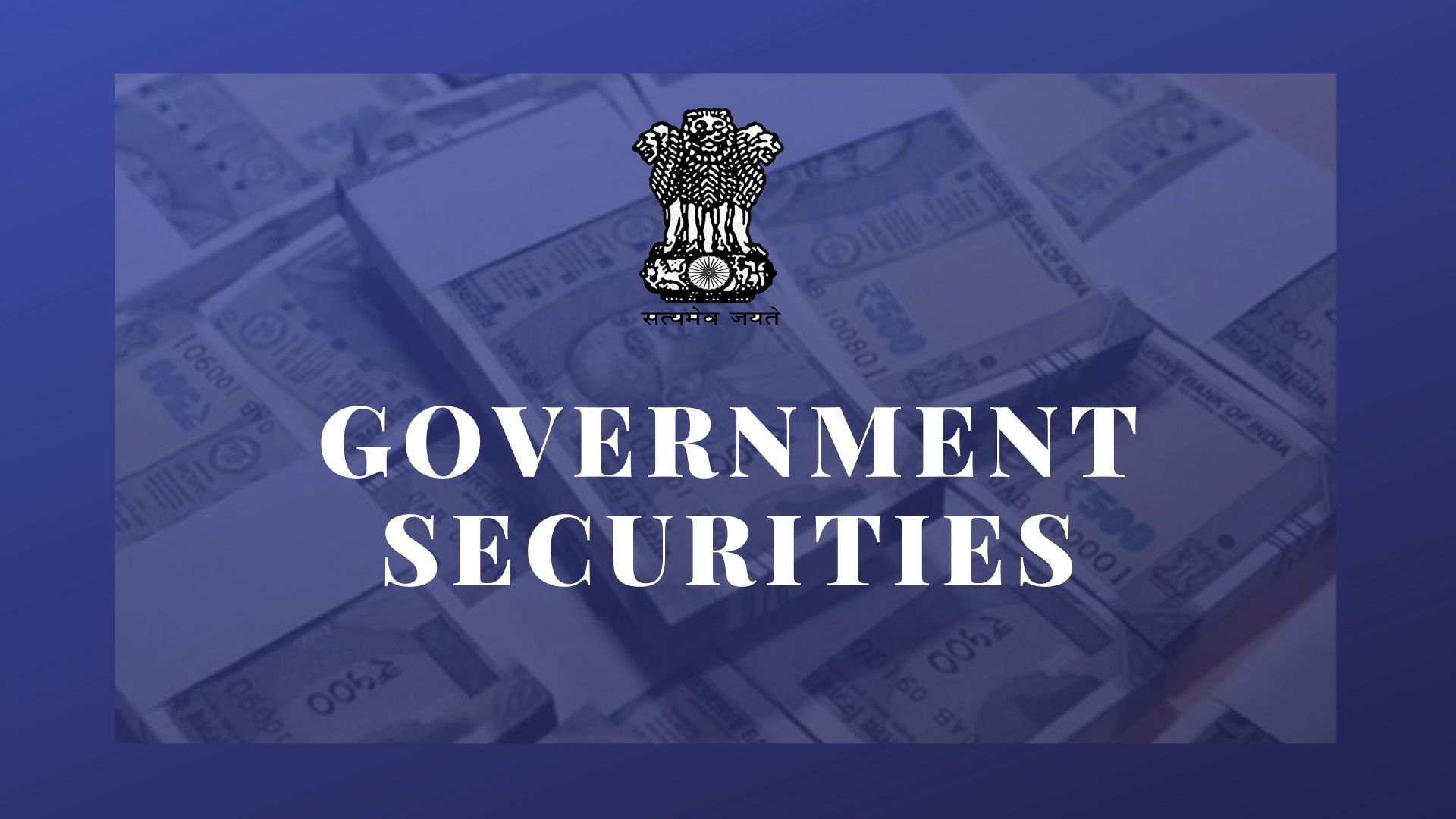RBI to permit lending and borrowing of government securities, change market timings.

As part of its continuous efforts to further strengthen the government securities market, the RBI recently stated that it will legalize the lending and borrowing of government securities. Also, he said it has now been agreed to return market hours for the government securities market to the pre-pandemic schedule of 9 am to 5 pm as a component of the gradual approach towards normalizing liquidity and market operations.
What is the help delivered by the decision taken by RBI?
- This will provide investors with a way to use their underutilized securities,
- Improve portfolio returns.
- Add deepness and liquidity to the Government Securities (G-sec) market.
- Aid in efficient price discovery.

What is a ‘Portfolio’ that can be improved by this step?
A well-balanced portfolio should be created based on your risk tolerance. It should be balanced to protect against unanticipated events. To build a well-balanced portfolio, determine your asset allocation based on your risk tolerance. The notion of a well-balanced portfolio varies depending on the individual.
If you are young, then you are encouraged to position your investments in more stocks and fewer bonds. If you are reaching retirement age, you should focus on asset preservation and buy more bonds rather than stocks. Ideally, you should consult with your financial advisor to assist you to build your portfolio based on your needs.
Definition of Government Security (G-Sec).
According to the RBI, a Government Security (G-Sec) is a tradeable instrument issued by the State Government or Central Government that acknowledges the Government’s debt obligation. Short-term securities are treasury bills having initial maturities of less than one year, and long-term securities are Government bonds or dated securities with original maturities of one year or more.

In India, the Central Government issues both treasury bills and bonds or dated securities, but the State Government issues bonds or dated securities, known as State Development Loans (SDLs). G-Secs are risk-free gilt-edged instruments since they have essentially no default risk.
What specifically is ‘liquidity’?
The term liquidity relates to how quickly you can obtain money. In layman’s terms, liquidity is having access to your money whenever you need it.
Liquidity can be the cash on hand or an emergency savings account which can be used in the situation of unanticipated and unfavorable occurrences or financial loss. Liquidity is crucial since it helps you to capitalize on opportunities.
If you are having cash on hand and ready access to finances, it will be easier for you to pass up a fantastic prospect. Savings accounts, cash, and checkable accounts are examples of liquid assets because they may be converted into cash easily when needed.

The details of the event.
The RBI Governor Shaktikanta Das announced the conclusion of a three-day meeting of the central bank’s monetary policy committee (MPC) and said that this measure will work towards a smooth implementation of the market borrowing strategy of the center and states.
The RBI has chosen to maintain its focus on the withdrawal of accommodation while increasing the repo rate by 25 basis points to guarantee that inflation would continue to remain within the goal of rising above while promoting the growth of the nation. With a typical monsoon, 5.3% CPI inflation is predicted for 2023–2024.
Bond market players anticipate that the facility will help insurance firms and mutual funds, even as they await the release of the precise draught directives. Mutual funds may now borrow just to satisfy redemptions, whereas life insurance firms cannot borrow at all, according to a senior member of a Mumbai-based private bank’s treasury staff. The central bank will shortly publish draught guidelines for stakeholder feedback.
Why inflation is such a vital factor to observe?
While the policy repo rate rises introduced since May 2022 are working their way through the system, it is critical to keep an eye on inflation to ensure it stays within the tolerance range and progressively converges with the aim. Overall, the MPC believes that more, calibrated monetary policy action is necessary to maintain inflation expectations, end core inflation persistence, and bolster medium-term growth prospects, according to Das. The RBI has increased the real GDP growth estimate for FY24 to 6.4%.
Das went on to say that recent policy measures have caused the real positive rate to move from negative to positive, banks to escape the liquidity “chakravyuh,” inflation to reduce, and growth to improve. The rally was being driven by IT stocks, and the Sensex was trading 350 points above.

The final words.
The RBI raised interest rates by 25 bps, following a 4:2 vote in support of the increase. Concerns over core inflation and financial stability led to a “removal of accommodation” attitude being maintained, contrary to market expectations. Based on the RBI’s forward-looking FY 24 inflation prediction of 5.30%, the real rate is 1.25% at a repo rate of 6.5%. People may think that this is the final rate of growth in this cycle.
edited and proofread by nikita sharma




